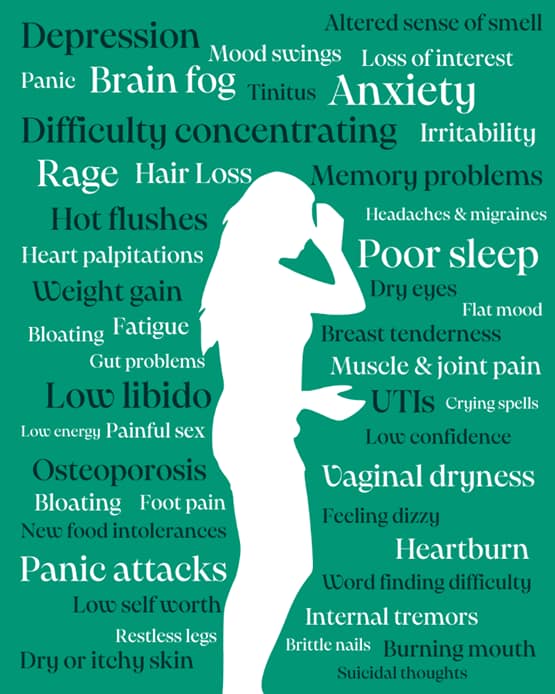
Chew on this: Gum chewing affects cognition
I guess we all once experienced in our early days in school that we, unsuspectedly, chewed a piece of chewing gum with pleasure in class. But then all of a sudden, our teacher noticed, got annoyed and asked us with an admonitory voice to immediately stop chewing and take the gum instantly out of our mouth. We did, because “draconic punishments” in form of an extra exercise or even a letter to our parents might have been the consequence if we would not have done so. Well, these days are over, because research finally provided that gum chewing can improve cognition.
In 2002, one of the first studies examining the effects of gum chewing on cognition indeed found that chewing a piece of sugar-free chewing gum resulted in a marked improvement in the recall of previously learned words (Wilkinson et al., 2002). This and additional positive findings triggered an enthusiasm among researchers and presumably also feelings of happiness and liberation among former, current, and future generations of pupils. Researchers became so excited that the cognition-enhancing effects of gum chewing have been understood as a fairly robust phenomenon allowing an enhancement of learning performance of at least 30% (Lehrl, as cited in Rost et al., 2010). Controlled studies provided evidence that gum chewing has the potential to improve various aspects of cognitive functioning including learning and memory, attention, planning and problem-solving skills (so-called executive functions) as well as intellectual functioning. The cause of the underlying cognition-enhancing effect of gum chewing is unclear, however an increased release of insulin and a changed pattern of regional cerebral blood flow are discussed as potential mechanisms.
“So, if gum chewing facilitates children’s learning at school, should the ban of chewing gum in schools – to which we fell victim in our past – be revoked? If gum chewing really helps memorizing and remembering information as well as increasing the ability to pay attention, should gum chewing then not only be allowed during classes but also strategically used in classes, e.g. in situations in which complex material is taught?”
Well, … NO! Because already in 2004 a first study (Tucha et al., 2004), as well as several studies thereafter, demonstrated that gum chewing does not only have beneficial but also detrimental effects on cognition (including memory, attention and executive functions). Furthermore, many studies failed dramatically to replicate the “so robust” beneficial effects of gum chewing, not necessary to mention that improvements of at least 30% are – let’s say – rather optimistic if not science fiction.
“We, therefore, should be very careful in considering chewing gum as a learning aid or cognitive enhancer, used purposely in academic or applied settings to enhance cognition. However, since cognition-enhancing effects of gum chewing are possible under certain conditions, the aim of future research should be to identify these specific conditions, factors and circumstances.”
For example, there is already some research showing that time (i.e. duration of chewing) might have some mediating role in the psychodynamics of gum chewing (Tucha & Koerts, 2012; Tucha & Simpson, 2011).
To conclude my blog post in a conciliatory manner: Dear former teachers, I am also teaching for many years now (at the university though) and yes, you were damn right; people chewing gum and staring at you indeed can look really odd.
References
NOTE: Image by Jonas Thun, licenced under CC BY 2.0




There has indeed been quite a bit of evidence recently which indicates that chewing gum may have a more positive effect after a certain amount of time chewing/performing a task, particularly on sustained attention. This is in line with a robust enhancement of subjective alertness following gum, as well as with the “vigilance decrement” during sustained attention performance-i.e., rate of target detection and speed of response tend to fall as vigilance performance continues. There are numerous possible mechanisms for this; one is an increase in autonomic nervous system arousal, as evidenced by higher heart rate during chewing.